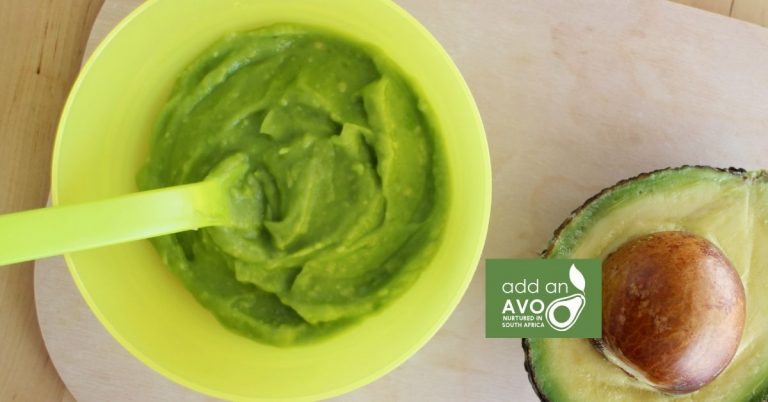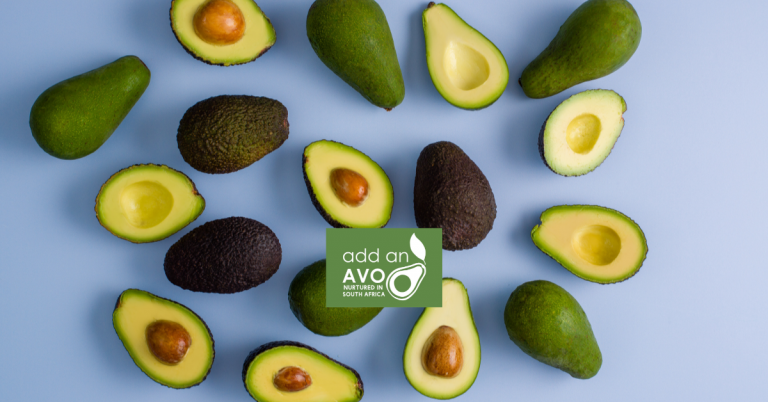There it is, right on your morning toast. A deliciously nutty, knobbly-skinned Hass avocado.
Now why is it called a haas, you ask? It’s not! That’s our South African brains turning an unfamiliar word into something familiar. Haas is the Afrikaans word for wild rabbit… and an avocado in NOT a rabbit in any way, shape or form!
The word on the packaging reads Hass… pronounced to rhyme with mass or bass (as in the fish!) It’s actually the world’s most popular avocado cultivar, which was named after California postman Rudolph Hass, who grew the first tree of its kind from a seed he bought in the 1920s and patented the Hass avocado in 1935. It’s a case of the right avocado seed being planted at the right time, and the world simply falling in love with the full-flavoured creaminess of this thick-skinned avocado.
Another South African misconception on the road to avo enjoyment is that the dark skin of the Hass avocado means it has become overripe, or as we would say colloquially: “vrot”. Nothing could be further from the truth!
That lovely knobbly, dark skin is a bonus, because it gives Hass avocados a long shelf life and also lets us know exactly when the fruit is ripe, without you having to guess – once the dark green skins turn a lovely deep purple-black colour, you can cut them open and enjoy with confidence.
And don’t get confused if you find different types of Hass avocados. There are similar-looking cultivars that have taken on the Hass name such as Maluma Hass and Lamb Hass.
Rather amusingly the Urban Dictionary defines the word Hass as “anything kick ass”. We’d say that with the Hass avocado’s rich, nutty, addictive taste, they got that absolutely right!
From March to October each year you’ll also be able to buy green-skinned avos.
They too are good for eating but are generally thin-skinned and a bit more delicate than Hass, so yes, they are prone to taking offence to being squeezed! It’s best to always remember that an avocado is like a baby: if you squeeze it, it bruises, so don’t squeeze it!
Green-skinned cultivars that you’ll find in stores include Fuerte (a Spanish word pronounced “foo-ER-t-eh”). Edranol, Ryan, Reed and Pinkerton, and all of these remain vibrantly green when ripe. So, if the pack says ripe and ready to eat, just believe it! Also, the stalk comes away very easily on the green-skinned varieties when they are ripe, as it does on dark-skinned cultivars. Absolutely no need to squish, prod, poke or squeeze them at all.
Just for interest’s sake, did you know the avocado is a berry? With its large pip and fleshy pulp, it is the very botanical definition of a berry. Delicious and filling, “it’s the berries” * is literally the best description of your favourite breakfast, pizza topping and guac dip.
*“It’s the berries” is slang from the 1920s which means highly enjoyable, desirable and impressive. Without a doubt, applied to avocados, it’s spot on!
If you’re still a bit unsure about the correct pronunciations or if you ever get the urge to squeeze an avo, please view our Avocado Customer Care Line video with avo expert Lasizwe Dambuza!
What’s the difference between these Hass (dark-skinned) Avos vs. a Green skinned avo?
Buttery, creamy green-skinned avo varieties include Fuerte, Edranol, Ryan, Reed and Pinkerton, and are available from March until October. Hass, Maluma Hass and Lamb Hass are all rich, nutty dark-skinned avos that are available from March until November. Double the deliciousness for avo aficionados. Learn more about the differences between these Avocados here.
For further information and avo recipes, visit www.avocado.co.za, like @iloveavocadoSA.co.za on Facebook and follow @iloveavossa on Instagram.


